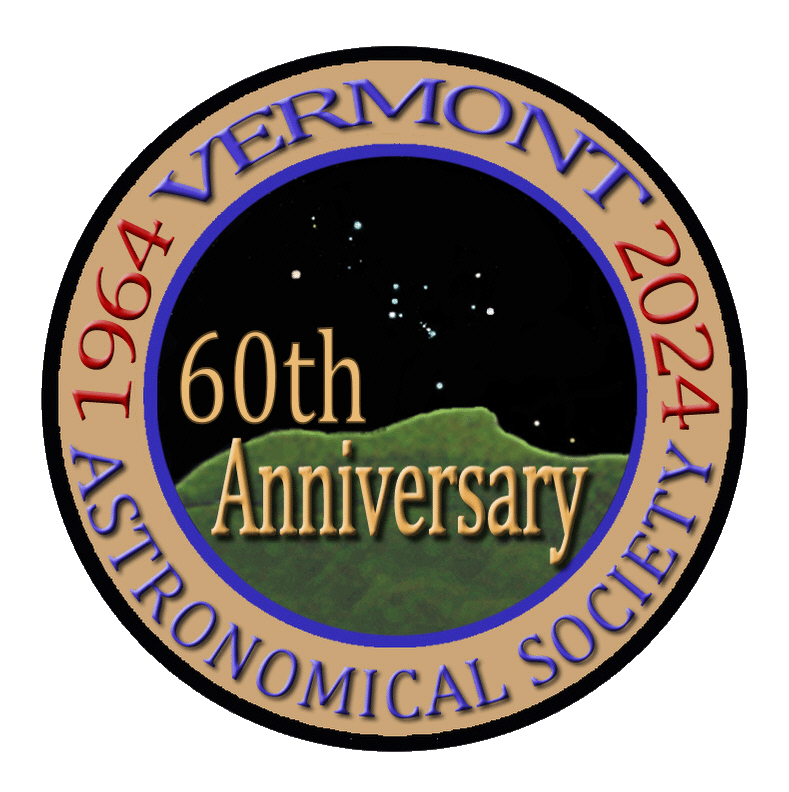The nebulae Sh2-129 (Flying Bat Nebulaand OU-4 (Giant Squid Nebula) are about 2300 light years (ly) away in the Constellation Cepheus.
Sh2-129 is formed by emission of ionized hydrogen gas (Ha) and is shown in red in the image, while OU-4 is formed by emission of ionized oxygen gas (OIII) and is shown in blue/cyan in the image.
At the center of OU-4, which is believed to be about 100,000 years old, is a very bright triple star system called HR 8119. Multiple bow shocks can be seen alluding to the mechanisms that formed its complex shape. Some theorize that this is a planetary nebula (PN), but its size of about 50 ly is atypical for PN which are usually 1-3 ly (or less) in diameter. OU-4 is quite a beautiful, but very dim, nebula. I’ve enhanced/brightened it somewhat in order to be able to appreciate its complex structure against the backdrop of Sh2-129.
Capture Dates: 5/24, 5/25, 5/31, and 6/4/24
Askar 107PHQ with 0.7x reducer (fL = 524mm)
ASI2600MM Pro (Monochrome camera)
ZWO 7-position 2" Electronic Filter Wheel (EFW)
ZWO AM5 mount with guiding via SV106 and ASI178MM
Filters:
Antlia 3nm Narrowband OIII 2": 98×300″ (8:10)
Antlia 3nm Narrowband H-alpha 2": 25×300″ (1:20)
Antlia 3nm Narrowband SII 2": 25×300″ (:20)
Total Integration: 9:50
All light frames were calibrated with dark, flat, and bias frames
Pre- and post-processed in PixInsight
Additional post-processing in Photoshop for exposure adjustments and generation of reduced size jpeg
Hi Greg, beautiful capture of a tough object! You’ve captured it with a fairly short set of exposures. Cameras are getting better all of the time!
Best,
Terri
@terri Thanks, Terri! I had an additional 13 hours of data I collected with the OSC 2600MC using Ha/OIII and SII/Hb narrowband filters, but I didn't get the 'pop' on the Squid when I combined the (separated) OSC color data with the narrowband (SHO) data. I just decided to use the SHO data I was able to bring out the Squid much more. Although, to be honest, the OSC + Narrowband data really didn't look all that bad and may even look a little more 'natural'. (See attached starless image using data from 3 of the 7 sessions - preliminary processing.) I might take another crack at combining all the OSC and Narrowband data from all 7 sessions, which would give me over 20h of data.
I had to enhance the data for the Squid using masks, since it's relatively dim and (as you said) I only had about 8 hrs of OIII narrowband data on it which, for this target, is really very little.
Not sure if I want to take the time to go back to it right now. I may wait until later in the summer when it's a bit higher and may try to collect more strictly narrowband data.
Greg

